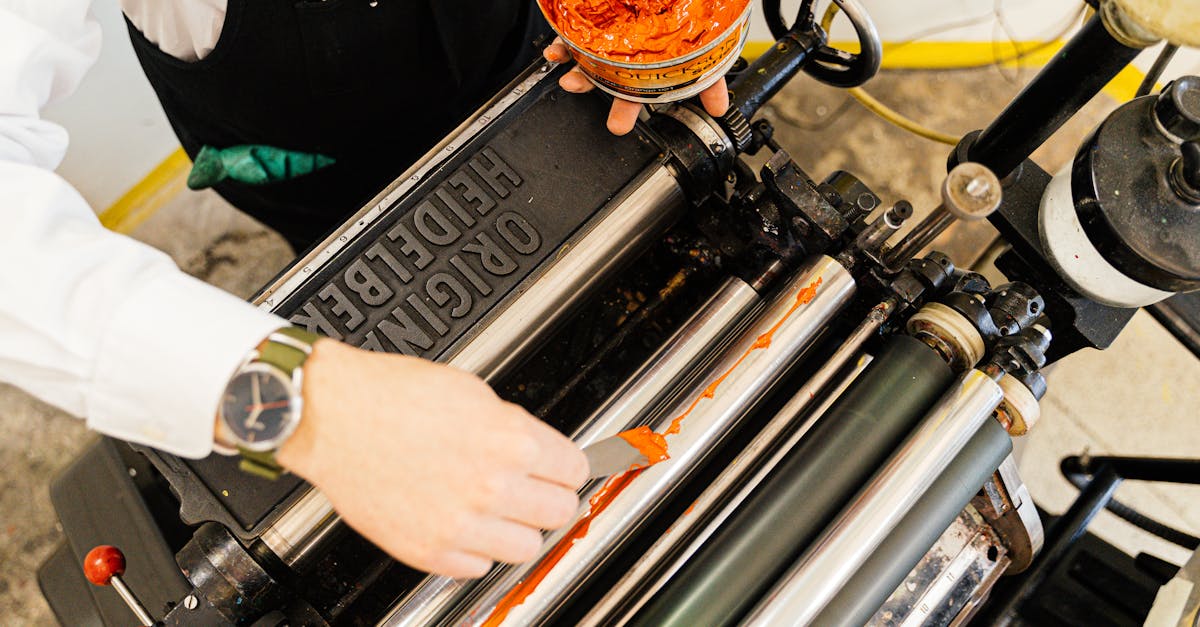
What does serif mean in fonts?
A serif is a small decoration added to the ends of some letters in fonts. This was done originally to help differentiate between letters written by hand. Lowercase “l”s, “k”s, and “t”s are the most common types of serifs These serifs are not always added to every capital, however.
A serif is a small decorative flourish at the end of some letters. These flourishes help add a sense of balance and order to fonts and make them easier to read. The most well-known example of a serif is the capital “T”, but serifs can also be found on the ends of most lowercase letters as well as many punctuation marks.
A serif is a small decoration added to the ends of some letters in fonts. This was done originally to help differentiate between letters written by hand. Lowercase “l”s, “k”s, and “t”s are the most common types of serifs. These serifs are not always added to every capital, however.
A serif is a small decorative flourish at the end of some letters.
These flourishes help add a sense of
What does serif mean in fonts in print?
There are two major categories of fonts serif and sans serif fonts. A serif font has small decorative elements on the corners and edges of each letter. A sans serif font has no serifs or other decorative elements on any part of the letters.
These fonts are often used in books and other print publications because they are perceived to look more formal and older and are better suited for longer pieces of text. Throughout the years, typefaces have developed a unique style all their own. One of the most distinctive qualities of serif fonts is the thick, triangular cap that adorns the ends of most letters.
In order to balance out the weight of the serifs, some fonts have also incorporated very thin lines, called swashes, which add a bit of contrast to the overall design of the typeface. The word serif refers to the small decorative elements found on the ends of most fonts in print.
These stylized flourishes, which are often triangles, were added to fonts to make them easier to read in low light conditions. These days, most fonts are designed with just enough serifs to make the text easy to read, but older fonts often had thicker serifs or no serifs at all.
What is the meaning of serif fonts?
A serif is the small projecting portion of letters and numbers that extend beyond the baseline. It’s a small swerve in the design of letters that adds an element of elegance to fonts. There are several different serif styles, each with a slightly different effect on your text and branding.
The serifs that adorn many fonts are actually small projections added to the end of the capital letters, lowercase letters, numbers, and punctuation marks. They were originally added to fonts to make handwritten letters easier to read and prevent them from looking too sharp. They also added some character to fonts.
Many fonts have serifs, but not all fonts that have serifs are font families that are considered “serif fonts.” If you’re looking for a serif font, you can search by family or by font name. But whether a font family is a serif font family depends on how the designer chose to add serifs to the fonts.
Some serif fonts are rendered with very thick serifs that make the fonts look chunky, and others
What does serif mean in fonts? Reddit?
It’s easy to find examples of serif fonts online, especially on Reddit. The site is full of them, and it’s not hard to see why: they look great! No matter what your personal preference is, whether you like serif fonts or not, there’s no denying that they look fantastic.
The capital letters in some fonts are not built on a straight line, but on a capital ‘n’ or ‘m’. This kind of capital shape can look unbalanced or awkward. The serif is added to make the capitals blend in with the rest of the font and balance the shapes of lowercase letters. The serif has a long history behind it too.
The distinctive capital ‘n’ or ‘m’ is thought to come from the shape of the leaves of the oak tree. These leaves have serrated edges, so the capital ‘n’ or ‘m’ could have been a way to represent oak trees.
What does serif mean in typefaces?
Serif fonts have small decorative finishing flourishes at the end of each capital letter. These flourishes were added to handwritten fonts in the fifteenth century to make the writing easier to read at small sizes. A serif is not just a small line added to the end of a capital letter.
It’s a small extension of the capital letter itself, often resembling a small, rounded triangle. A serif is a small extension that extends the line of the lowercase letter from the end of the stroke. The reason that serifs were added to fonts is because of printing.
When printing on paper with a lithographic press, the molten type could be dripped onto the paper and could adhere to the paper, leaving small dots of ink. Thus, the serifs acted as small feet, helping the type sit on the paper and preventing the type from tearing off the page.
True serif fonts have small finishing flourishes at the end of each capital letter and sometimes at the end of lowercase letters as well. However, not all fonts that have serifs are true serif fonts. For example, slab serif fonts have thick or chunky serifs, while transitional serif fonts have serifs that blend into the body of the font.






